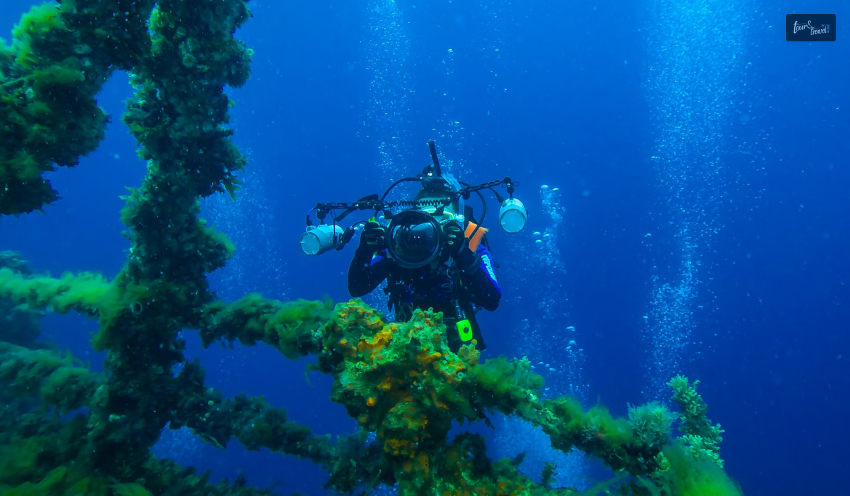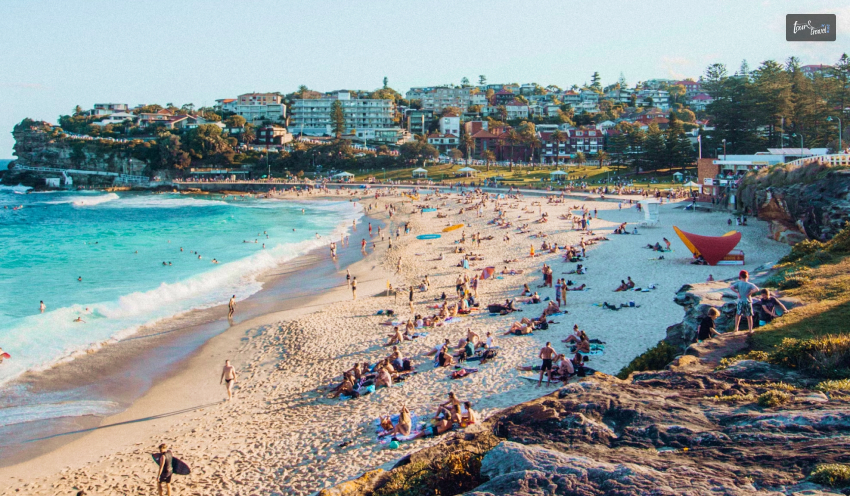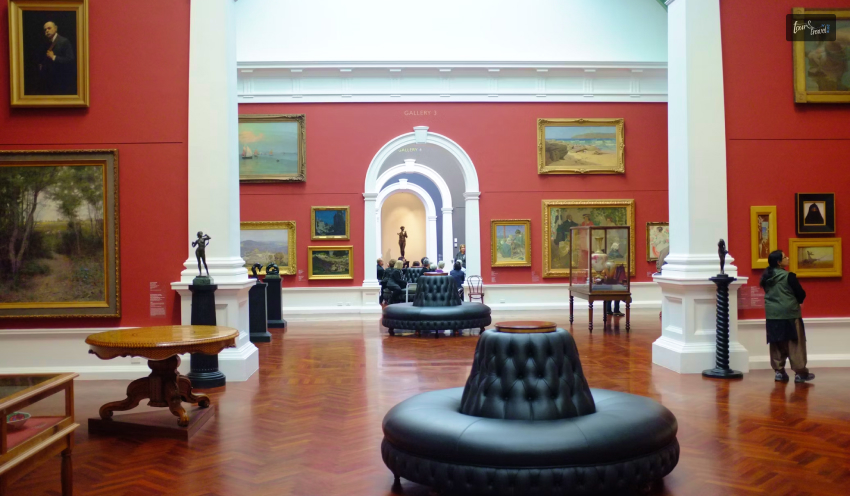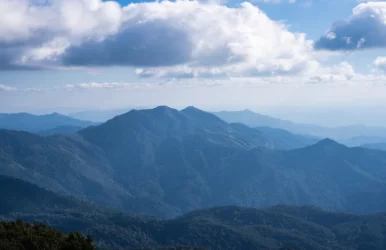The Most Common Pitfalls To Be Aware Of When Traveling In The US
BY Nabamita Mar 7, 2024
For 38.2% of Americans, dwindling spending power has become a major deterrent that is dampening their travel plans. If economic woes and rising prices are keeping you from vacationing overseas, why not consider exploring the US for a change of pace and scenery? Its sweeping terrain provides plenty of options, whether you’re looking to unwind at a sunny beach or go skiing on a snow-covered mountain. However, traveling in the US could expose you to various risks, just like overseas destinations. So, being mindful of them and taking extra precautions will go a long way in making your vacation enjoyable and worry-free. Common Pitfalls to Avoid When Traveling in the US Here are the safety hazards you stand to encounter during your US travels. Accommodation Scams Fraudsters often impersonate well-known hotel operators to direct travelers to malicious websites. Such sites are usually set up to steal credit card and other personal information of anyone booking a room, which scammers could later use for financial fraud. Sometimes, the deceptive acts are much more subtle yet could leave you in equal despair. Consider for a moment an accommodation ad that provides exaggerated or inaccurate details or omits critical information to mislead you. This is a prevalent trick shady accommodation owners deploy to overcharge guests and secure bookings during off-peak travel seasons. Deceptive Tour Operators Scammers may offer promotional deals via online ads, messages, emails, and telemarketing calls in a bid to attract travelers hunting for bargains. But these promotions could quickly turn your dream vacation into a nightmare if you don’t watch out. Remember, malicious actors could use fabricated travel packages to steal both your money and personal data. Taxi Meter Fraud Dishonest taxi drivers could overcharge passengers by keeping the meter switched off. Sometimes, they may have the meter on but will reset it as soon as they reach the destination, preventing you from checking the distance and fare. Luggage Theft When dropping you off at the hotel or airport, fraudulent drivers could unload only part of your luggage and drive away with the rest. This type of theft can occur when you’re distracted or not paying close attention to your belongings. Rental Service Fraud Many Americans rent cars during domestic travel. Bad actors can make this an opportunity to charge them for pre-existing damage when they return the vehicle. Without proper documentation, it becomes difficult for clients to prove that the damage was already there, resulting in unfair charges. Shady Locals There are numerous ways fraudsters could make money around popular travel hotspots. One technique is taking the guise of friendly locals offering free personal tours and recommendations. But often, these con artists will take you to expensive shops and cafés that pay them a commission for bringing paying customers. They could also get you entangled in various scams under the pretext of helping you. Wi-Fi Hacking Cybercriminals frequently hack into unsecured networks to steal useful data, such as payment information and account passwords. If you’re in the habit of using public Wi-Fi, this is a critical threat you must guard against. How Can You Ensure Your Travel Safety in the US? The cost and hassle of experiencing a scam or other travel hazard can make anyone weary of traveling. But you can avoid many of them by following the safety tips listed below. Seek Recommendations Whether you want to reserve a hotel room or rent a car, personal recommendations are essential for selecting legitimate service providers. Today, there are many authentic reviews online that could help you assess travel services and make informed decisions. Use Reputed Online Platforms If you’re using a well-known travel platform, type its website address in the search bar to avoid visiting spoofed websites. When you don’t know much about a vendor, make the reservation through a reputed travel booking site, such as hotel.com or booking.com. These platforms typically screen individuals and businesses before accepting their listings and have safety features to protect customers. Be Cautious About Unsolicited Promotions Emails, messages, phone calls, and social media ads are popular mediums for travel scams that imitate reputed businesses. Therefore, verifying their sources is important for detecting and avoiding fraud. For instance, check whether the email addresses match the ones used earlier by the relevant organizations. Reverse search phone numbers on Nuwber to confirm they’re related to the mentioned companies. And if there are links or attachments, it’s best not to click on them. These could download malware and compromise your financial data security. Use a Ride-Hailing App This is the easiest solution to avoid taxi scams. Uber, Lyft, and similar apps can help you secure a fair price, find a safe driver, and take the fastest route to your destination. However, if you need to take a regular taxi, check whether the meter is on. If it’s not, find another cab. Watch Your Belongings Whether you use a taxi or public transportation, keeping an eye on your luggage and other belongings is essential. Don’t forget to pack a light and leave your valuables at home. Check Before Renting When you are renting a vehicle or any other item during your travels, inspect it carefully before signing the rental agreement and providing a deposit. If you notice any dents, scratches, or other obvious damage, point it out to the rental service provider, take photos, and put it down in writing. Use Secure Internet Connections Mobile data is the safest option to avoid cyber threats associated with unsecured networks. When you need to log into public Wi-Fi, always select one protected by passwords. Plan Ahead Doing your homework before traveling is a must to minimize dependency on strangers. Research the destination and the travel spots you want to explore and learn about entrance fees, opening times, location, and special requirements. Also, note down their official contact numbers so you won’t need to rely on others for information. To Recap Accommodation owners, tour operators, taxi drivers, rental service providers, shady locals, and even cybercriminals can target unsuspecting travelers in the US for various deceptive schemes. Some threats may have more severe consequences than others. However, they could all sap the joy out of your much-awaited vacation. So, be mindful of common hazards and take adequate precautions for your travel safety. Read Also: Traveling To Korea? Here’s Your Must-Try Korean Food Top 15 Restaurants In Colombia You Must Visit While Traveling Top 11 Outlets In Massachusetts You Can Visit While Traveling

























You should take part in a contest for one of the best blogs on the web. I will recommend this site!
Your article gave me a lot of inspiration, I hope you can explain your point of view in more detail, because I have some doubts, thank you.